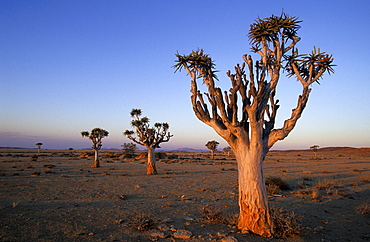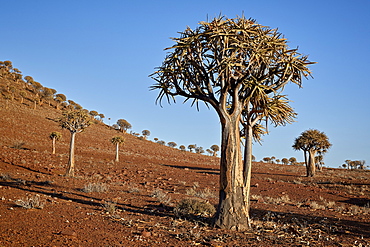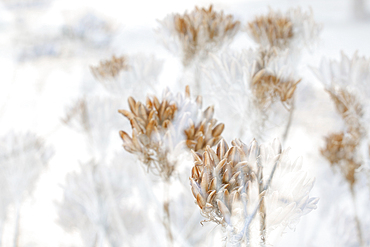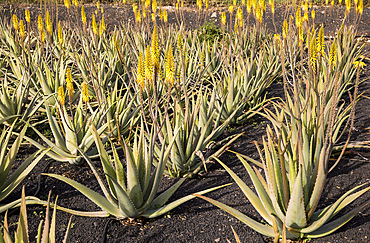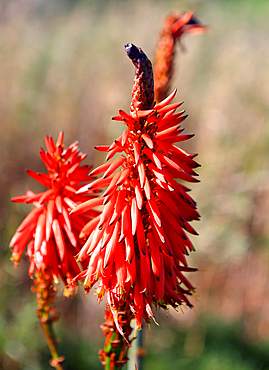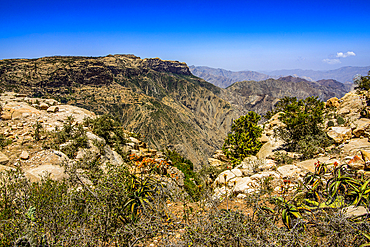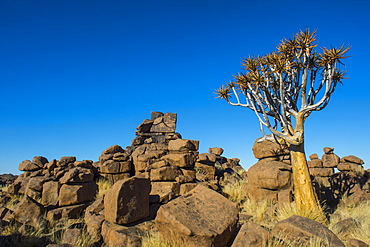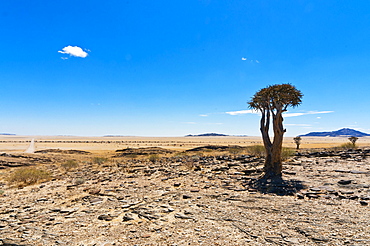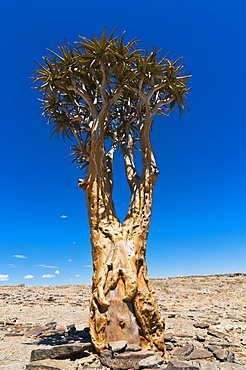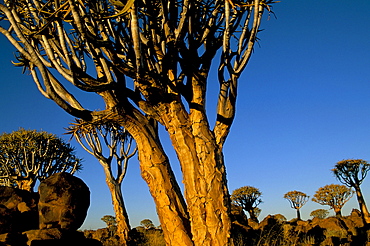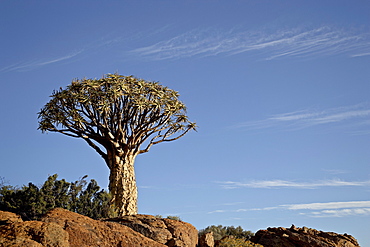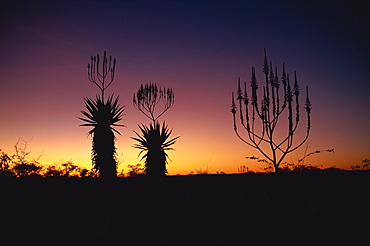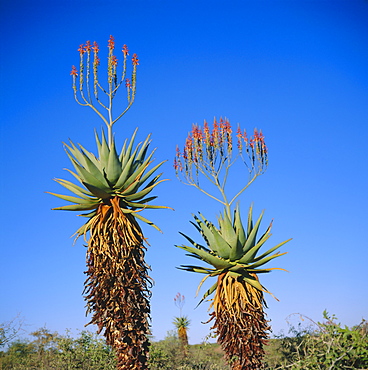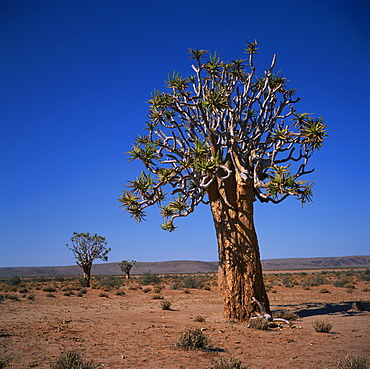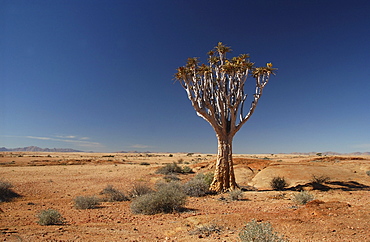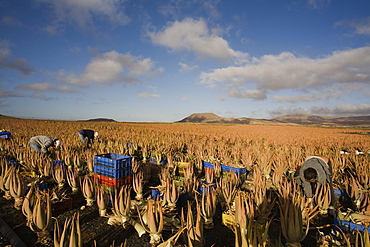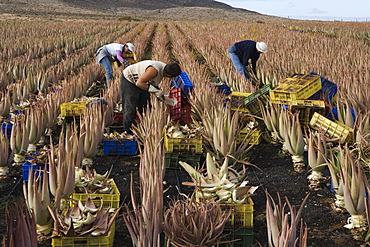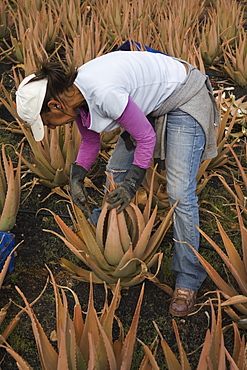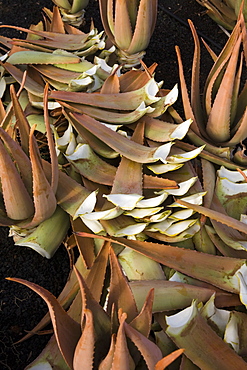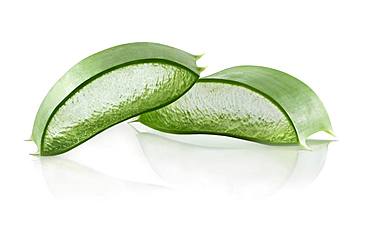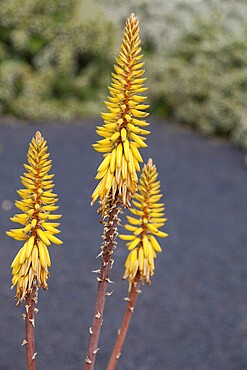Results
70 results found

Quiver tree (kokerboom) (Aloe dichotoma) at sunset in the Giant's Playground, Keetmanshoop, Namibia, Africa
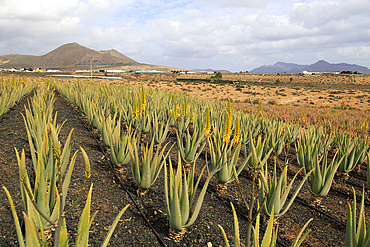
Aloe vera plants commercial cultivation, Tiscamanita, Fuerteventura, Canary Islands, Spain, Atlantic, Europe
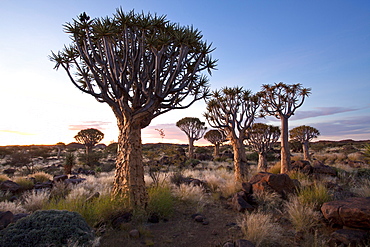
Quiver trees (Aloe Dichotoma), also referred to as Kokerboom, in the Quivertree Forest on Farm Gariganus near Keetmanshopp, Namibia, Africa
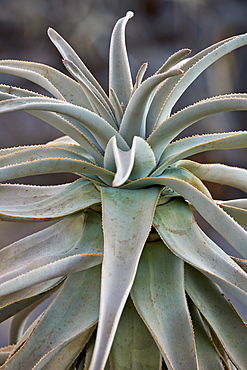
Quiver tree (Kokerboom) (Aloe dichotoma) leaves, Gannabos, Namakwa, Namaqualand, South Africa, Africa
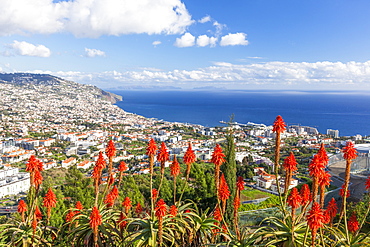
View over Funchal, capital city of Madeira, city and harbour with red Kranz aloe flowers (Aloe arborescens), Madeira, Portugal, Atlantic, Europe

The sea cliff headland Cabo Girao with red Kranz aloe (Aloe arborescens) and Agave attenuata, Madeira, Portugal, Atlantic, Europe

Quiver trees (Aloe Dichotoma), also referred to as Kokerboom, in the Quivertree Forest on Farm Gariganus near Keetmanshopp, Namibia, Africa

Quiver Tree (Kokerboom) (Aloe dichotoma) with Bittergousblom (Arctotis fastuosa), Namakwa, Namaqualand, South Africa, Africa

Aloe isaloensis, Isalo National Park, Fianarantsoa province, Ihorombe Region, Southern Madagascar, Africa

Quiver trees (Aloe Dichotoma), also referred to as Kokerboom, in the Quivertree Forest on Farm Gariganus near Keetmanshopp, Namibia, Africa

Quiver trees (Aloe Dichotoma), also referred to as Kokerboom, in the Quivertree Forest on Farm Gariganus near Keetmanshopp, Namibia, Africa

Quiver trees (Aloe Dichotoma), also referred to as Kokerboom, in the Quivertree Forest on Farm Gariganus near Keetmanshopp, Namibia, Africa

Quiver trees (Aloe Dichotoma), also referred to as Kokerboom, in the Quivertree Forest on Farm Gariganus near Keetmanshopp, Namibia, Africa

Quiver trees (Aloe Dichotoma), also referred to as Kokerboom, in the Quivertree Forest on Farm Gariganus near Keetmanshopp, Namibia, Africa

Quiver trees (Aloe Dichotoma), also referred to as Kokerboom, in the Quivertree Forest on Farm Gariganus near Keetmanshopp, Namibia, Africa

Quiver trees (kokerboom) (Aloe dichotoma), Augrabies Falls National Park, Northern Cape, South Africa, Africa

Candelabra aloe (Aloe arborescens) flower. The plant is also known as krantz aloe and is a flowering succulent common in South Africa, Australia and California.
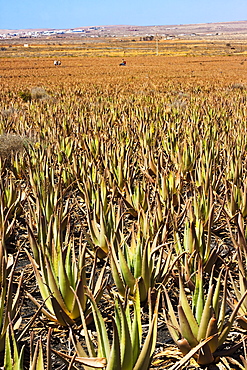
Aloe Vera plants at Savimax finca and factory, known for its tours and shop, Valles de Ortega, Fuerteventura, Canary Islands, Spain, Europe

Quiver trees (kokerboom) (Aloidendron dichotomum) (formerly Aloe dichotoma), Quiver Tree Forest, Keetmanshoop, Namibia, Africa
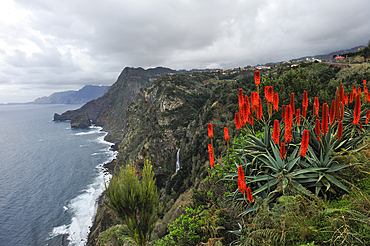
Aloe arborescens on edge of cliff, Quinta do Furao, Santana, North coast, Madeira island, Atlantic Ocean, Portugal
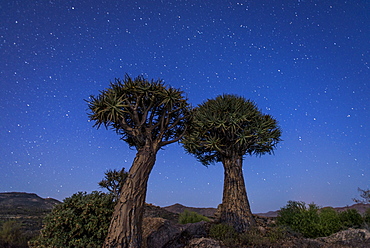
Quiver Trees (kokerboom) (Aloe dichotoma) under a night sky near Springbok, Northern Cape, South Africa, Africa
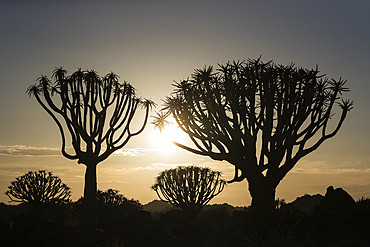
Quiver trees at sunrise (kokerboom) (Aloidendron dichotomum) (formerly Aloe dichotoma), Quiver Tree Forest, Keetmanshoop, Namibia, Africa

Quiver tree in twilight (kokerboom) (Aloidendron dichotomum), (formerly Aloe dichotoma), Quiver Tree Forest, Keetmanshoop, Namibia, Africa

Quiver trees at sunset (kokerboom) (Aloidendron dichotomum) (formerly Aloe dichotoma), Quiver Tree Forest, Keetmanshoop, Namibia, Africa
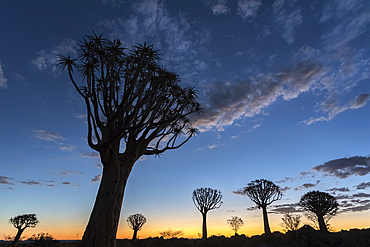
Quiver tree at sunset (kokerboom) (Aloidendron dichotomu) (formerly Aloe dichotoma), Quiver Tree Forest, Keetmanshoop, Namibia, Africa
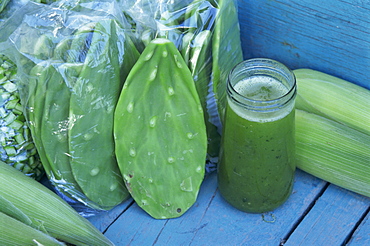
Close-up of Mexican drink of cactus, aloe vera, lemon, garlic and honey in a jar, Mexico, North America
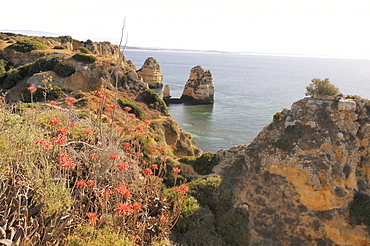
Soap aloe (Aloe maculata) (Aloe saponaria) succulent flowering on a clifftop, Lagos, Algarve, Portugal, Europe

Women in colourful saris in a field of aloe vera preparing for flood irrigation, village of Borunda, Rajasthan state, India, Asia

Women in colourful saris in a field of aloe vera preparing for flood irrigation, village of Borunda, Rajasthan state, India, Asia
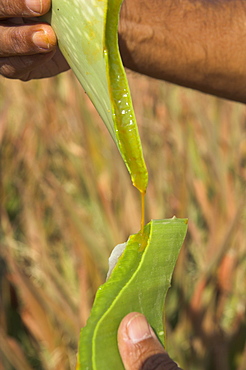
Close up of a torn aloe vera leaf with juice running out, village of Borunda, Rajasthan state, India, Asia

Mexican aztec dress gods at Grand Palladium White Sand Resort and Spa in Riviera Maya, Yucatan Peninsula, Quintana Roo, Caribbean Coast, Mexico.
Aztec clothing was generally loose fitting and did not completely cover the body. When the Spanish arrived in Mexico, the people were surprised to see them in their full armour, with only their faces exposed.
Aztec clothes were generally made of cotton (which was imported) or ayate fiber, made from the Maguey Cactus (also called the Century Plant or American Aloe). Women would weave the fibers into clothing, a task girls were taught as young teenagers. Because of their vast trading network, the Aztecs were able to make use of a beautiful array of dyes, creating the brilliant

Mexican aztec dress gods at Grand Palladium White Sand Resort and Spa in Riviera Maya, Yucatan Peninsula, Quintana Roo, Caribbean Coast, Mexico.
Aztec clothing was generally loose fitting and did not completely cover the body. When the Spanish arrived in Mexico, the people were surprised to see them in their full armour, with only their faces exposed.
Aztec clothes were generally made of cotton (which was imported) or ayate fiber, made from the Maguey Cactus (also called the Century Plant or American Aloe). Women would weave the fibers into clothing, a task girls were taught as young teenagers. Because of their vast trading network, the Aztecs were able to make use of a beautiful array of dyes, creating the brilliant

Managing director Juan Rodriguez Marrero with Aloe Vera products, Valles de Ortega, Fuerteventura, Canary Islands, Spain, Europe
